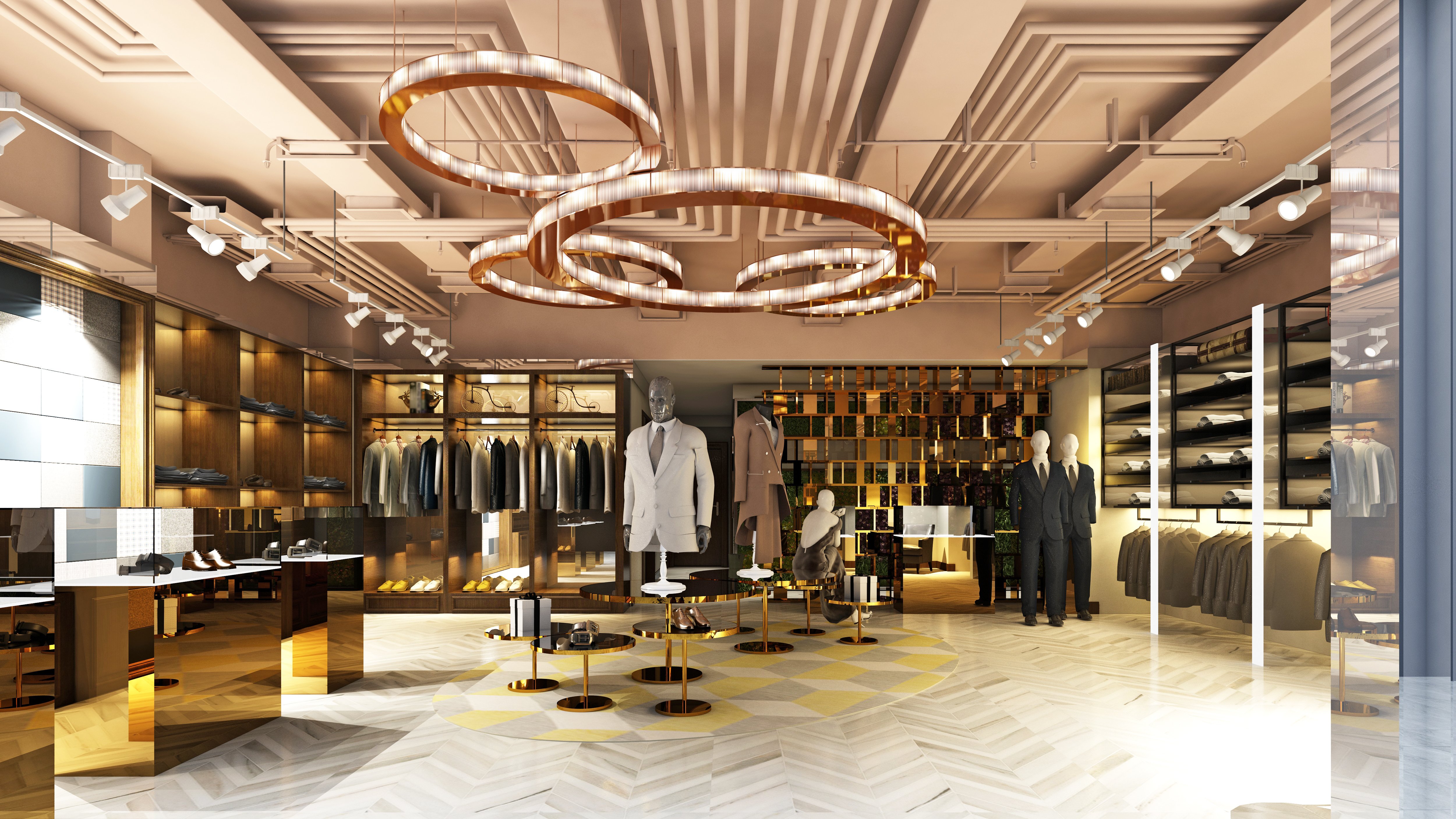In the last decade, thousands of articles have been written about the demise of the brick and mortar store. But not all retail news is doom and gloom, as 2018 saw a multitude of brands like Columbia, Target, and Walmart outperforming expectations, and a host of digital natives -- like Casper -- announced moves into the physical space.
As retailers continue to make bets in brick-and-mortar, there are reasons to expect a resurgence of the physical retail store. But tomorrow’s brick and mortar leaders will take a much different approach. Here are three things we can expect to see in the next era of retail.
The Success Of The Store Will Be Measured In New Ways
Most retailers are still measuring the success of stores by metrics like average transaction size and visitor conversions. But in an omnichannel world, store revenue may become less important than the impact the store has on digital purchases.
Omnichannel shoppers expect to interact with brands through all available channels. And in a convenience-focused world, the channel they use to ultimately make the purchase is driven more by intangibles about the buyer -- like his or her available budget (when is payday?) timelines (an upcoming event) and circumstance (a broken vehicle or road-closing snowstorm), than the effectiveness of the particular channel.
In the future of retail, the overall interaction quality and total spend a customer makes with a retailer -- through any channel -- will be the measure of success. In the same way that digital display ads, email marketing, and events all serve different purposes, the store will increasingly be seen as just another critical touchpoint on the customer journey.
As customer engagement with brands is increasingly measured over a long term relationship of browsing, bookmarking, pinning items, Facebook shares, and group trips to physical locations, retailers will no longer worry about whether the final purchase is made in the store, as long as there is evidence that share of wallet is growing across individual customers and segments.
The Role of The Store Shifts From Sales To Community
As stores face less pressure to perform in the traditional sense, leaders of brick and mortar brands will benefit from a new type of freedom. However, this will be paired with a new pressure -- if the final point of purchase no longer matters, what is the goal of the physical store?
This is a question many retailers have tried to answer, leading to the emergence of retail showrooms, and other creative uses of the physical space.
Today, it’s not unusual to see a store like Lululemon offering community-building experiences -- like free yoga classes -- or outdoor retailers like Patagonia and REI selling natural park passes and building rock climbing walls in the store. But to go beyond gimmicks and truly understand the role retail will play in the future, retailers must understand the motivations driving tomorrow’s consumer.
For many shoppers, the store has always provided an opportunity to get out of the house, touch and feel products, and interact with the community. This is more important than ever in the digital age, when people are craving real life interactions more than ever. A study by UCLA found that most Americans would be considered lonely, and that American adults spend more than eleven hours a day online, watching videos, checking social, and interacting with media. While retailers can’t solve these larger societal problems, they can provide some opportunities for real life connection, and this is something the top brick-and-mortar brands will provide. Brand loyalty and product awareness will be built through quality experiences, and memories that connect shoppers to brands in personal and deep ways.
Automation and The Need For Specialized Skills Make Retail An Exciting Job
Historically, very few people that have spent time in retail would reflect fondly upon their experience, but in the store of the future, that all changes.
In a world where delivery is a cheap and convenient option, and the only reason shoppers go to the store is for the experience, store employees must be prepared to deliver the consultative support you’d expect from your most fashion-forward friend.
This means the modern retail associate will be an expert in product training, hiring, training, and empowering shoppers to make better decisions about the products that benefit their lives.
Additionally, as technology becomes a critical part of the in-store experience, and activities like folding clothes, monitoring inventory levels, and preparing bopus orders, can be handled via automation, employees will become increasingly specialized.
This could involve everything from developing personal shopping expertise, to running point on the experiences -- like cocktail-making tutorials at a liquor store, or contouring lessons at the local drug store. With the help of technology taking over mundane tasks, and higher demand for consultative sales, the role of retail associates will no longer include answering repetitive questions on loop, and counting down the hours until the end of the shift.
This will allow for a whole new type of retail employee -- one that can command higher wages, and actually enjoys their jobs. In turn, this will help retailers reverse the traditionally high turnover rates that plague the industry. Imagine a retail store where the day’s prep includes a review of the geolocation-based ads that have been deployed, or preparing ingredients for a tapas master class. This could all be possible in the store of the future.
Getting Ready For a Bright Future in Retail
So how do retailers join the winning team and become a force of the next wave of retail? By starting to make investments in the future now. This requires a reimagination of store locations, and prioritizing investments in technology, and staff.






